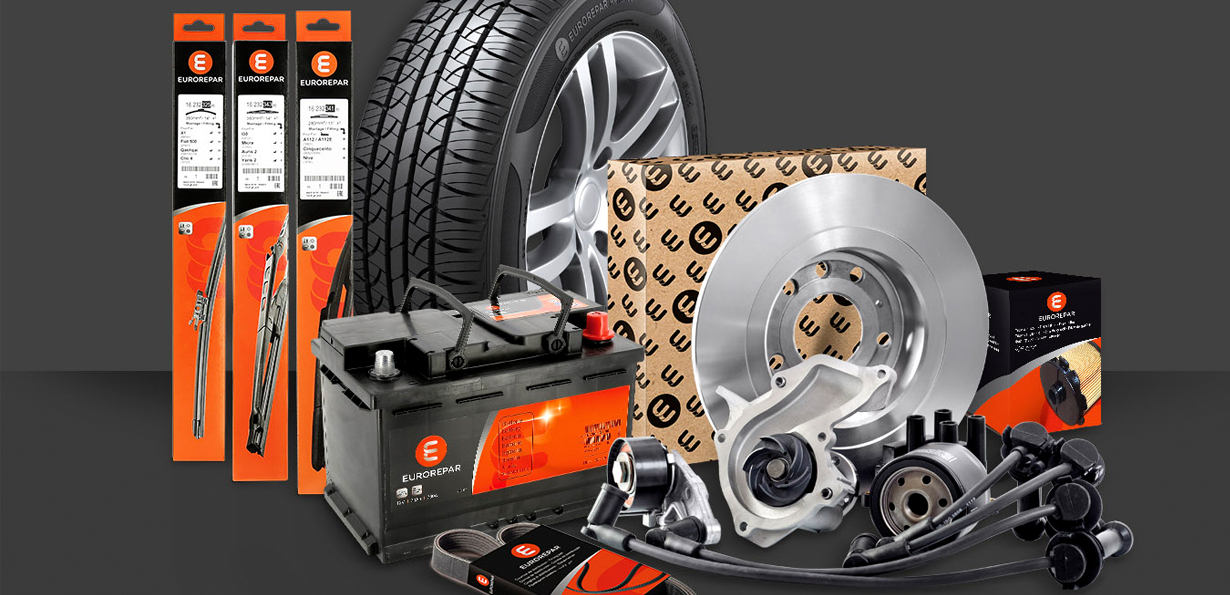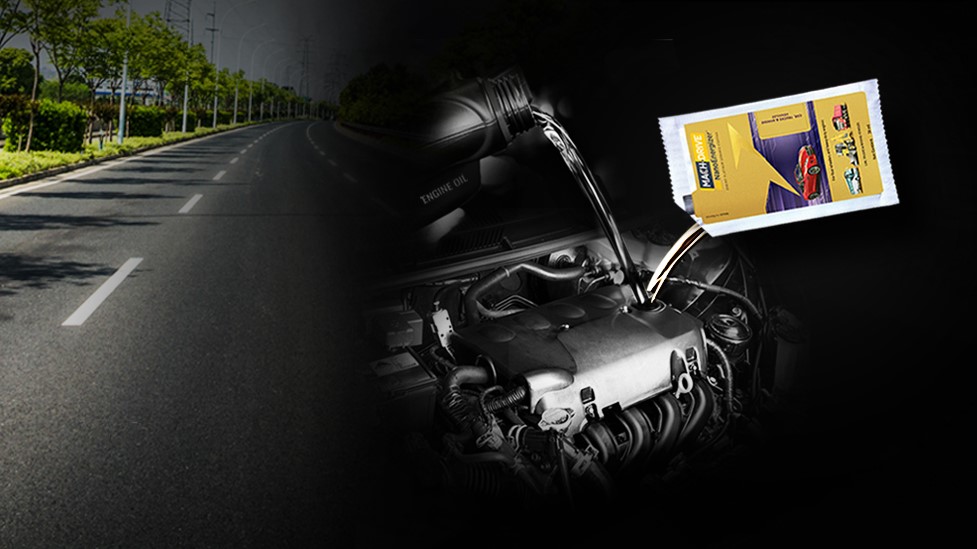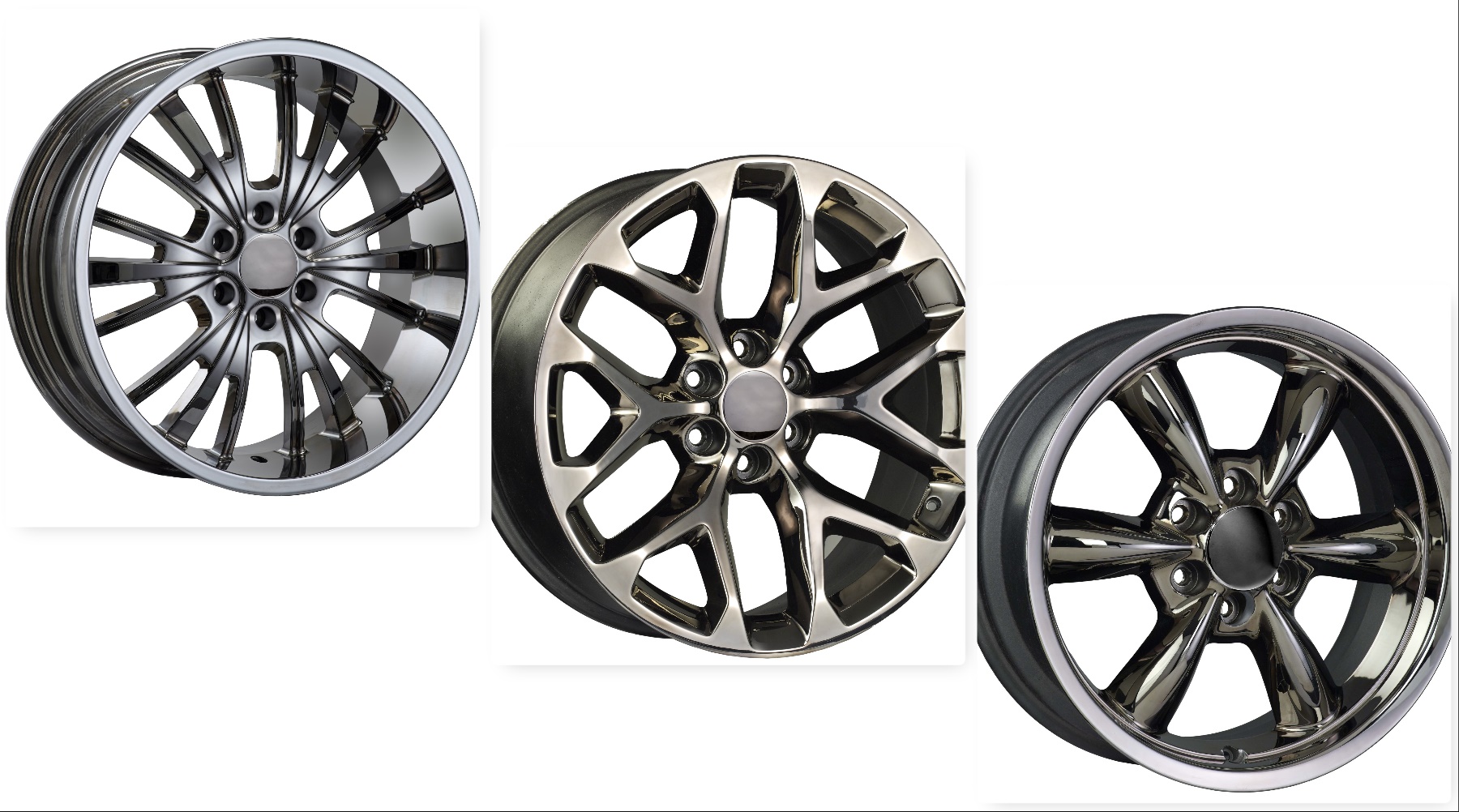Before you rubbish this article into your mind’s bin, just try and practice a bit more patience than you usually do while we try and join the dots for you. Hey, did that rhyme, somewhere? Anyway, thank you! So, we all know for a fact that COVID-19, or Corona Virus, needs an organic lifeform to grow and mess it, and potentially the near ones, up real nice. If that’s the case, how can it affect something that has fibre, wires, some chemical components and rubber in its composition?
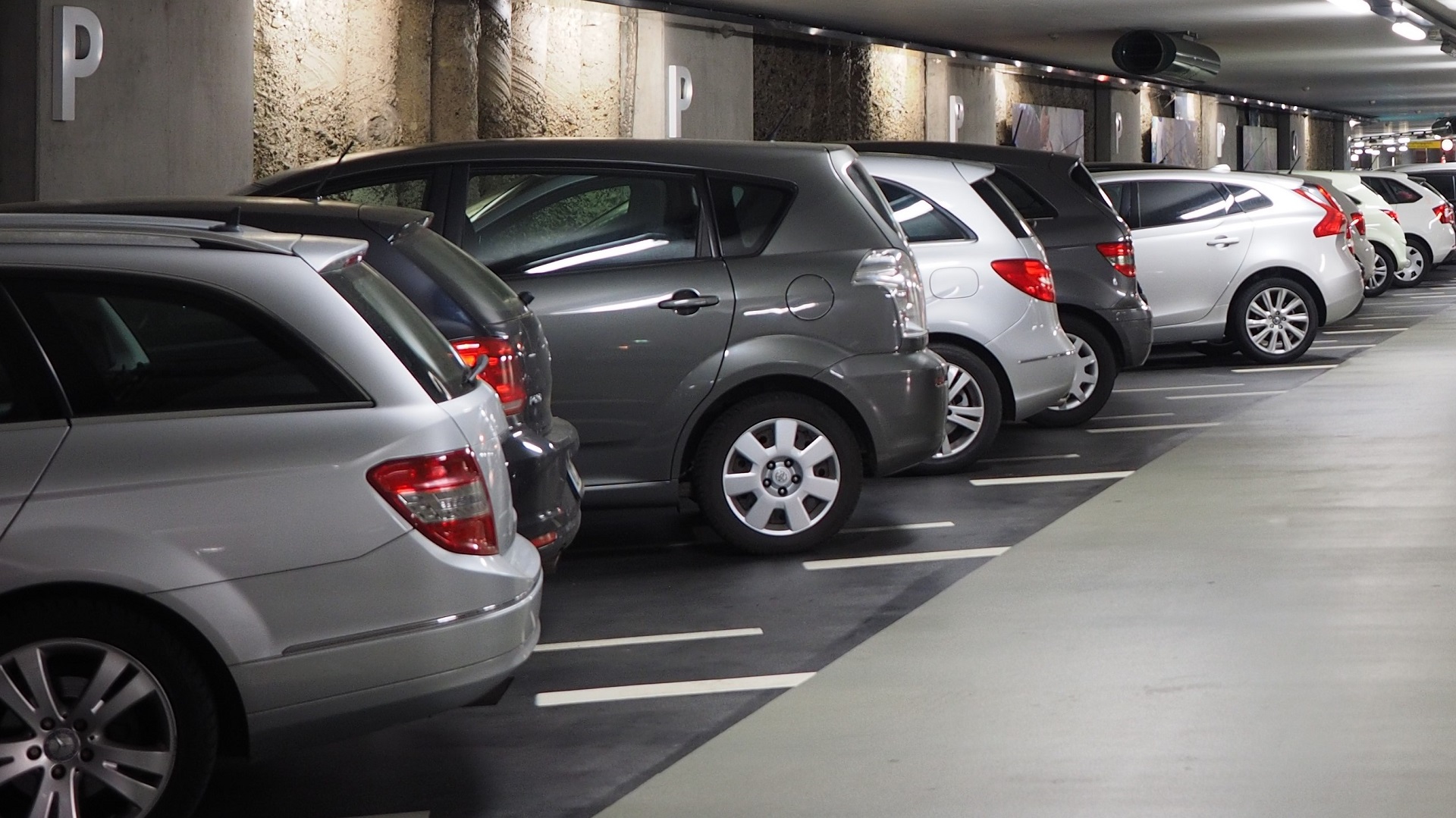
Honestly, we would think on the same lines. But a recent release from Taiwanese tyremaker Maxxis helped put a concept called “Cause and Effect” in action. Sure, the Corona Virus cannot harm a tyre directly. However, the global pandemic has led to complete lockdowns of nations. That has resulted in no movement of vehicles. And if they don’t move, that means the tyres sit in the same position. Here’s the problem – tyres like to do their thing. Sitting idle is not their cup of tea! If they do, the vehicle’s weight can forcibly give birth to flat spots.
In a nutshell, a tyre with a flat spot renders it deformed. And an out of shape specimen will never last as long. So, what do you do? Here’s a four-point Mantra from Maxxis which could come in handy and reduce the risk of flat spots:
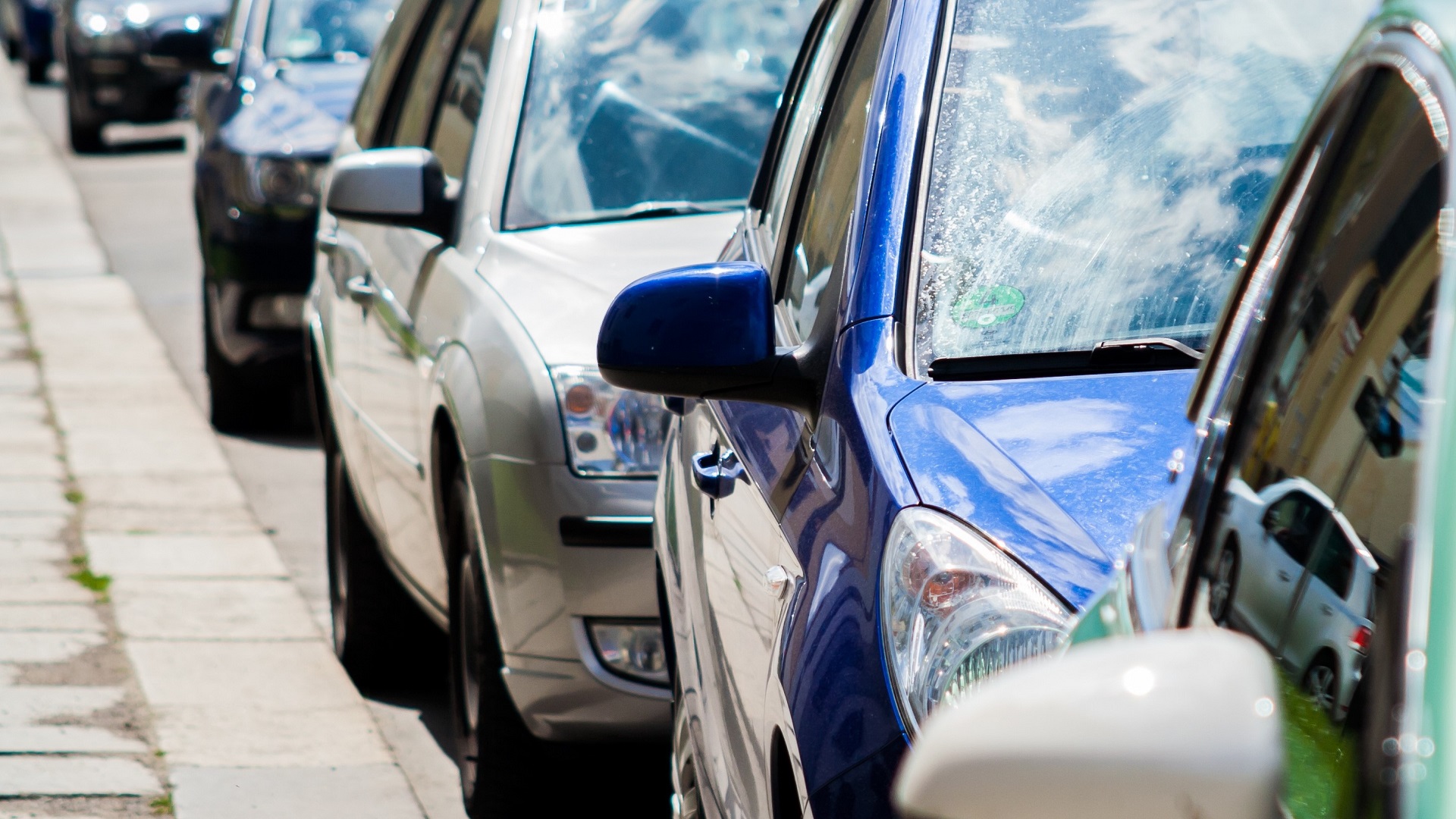
- You could over-inflate the tyres up to the recommended limit.
- If over-inflation isn’t possible, park your two-wheeler on the main stand. Those who have vehicles with four or more wheels could push them forwards/backwards once a week by 5-10 metres. Why not use the engine? Because that will emit unnecessary emissions. And, of course, pushing a vehicle will help burn some calories!
- Try and park your car or bike in a covered space. Save the vehicle’s tyre from direct sunlight.
- If a covered parking space isn’t available, head over to a dealership and ask for a protective and cleaning dressing for the tyres. That will help protect the rubber from road grime and ultraviolet rays.
When our vehicles stay stranded for more extended periods, the first thing we worry about is the battery. We’re sure you guys know how to keep that from dying. But now, as we’ve successfully joined the dots above (hopefully!), you’d look after the tyres too. Won’t you!



